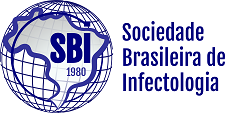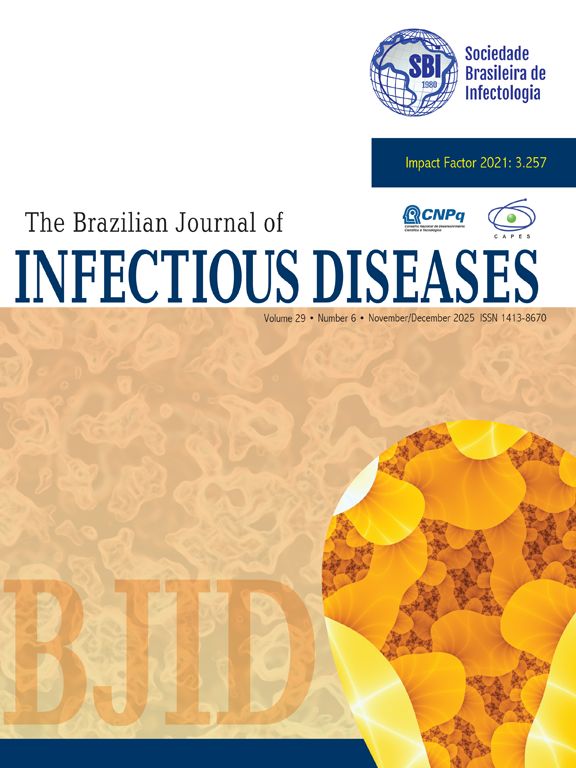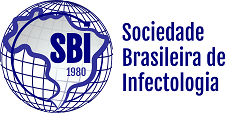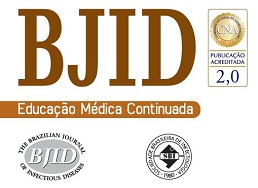After examining the most recent scientific evidences, which assessed the role of some malaria plasmodia that have monkeys as natural reservoirs, the authors focus their attention on Plasmodium knowlesi. The infective foci attributable to this last Plasmodium species have been identified during the last decade in Malaysia, in particular in the states of Sarawak and Sabah (Malaysian Borneo), and in the Pahang region (peninsular Malaysia). The significant relevance of molecular biology assays (polymerase chain reaction, or PCR, performed with specific primers for P. knowlesi), is underlined, since the traditional microscopic examination does not offer distinguishing features, especially when the differential diagnosis with Plasmodium malariae is of concern. Furthermore, Plasmodium knowlesi disease may be responsible of fatal cases, since its clinical presentation and course is more severe compared with those caused by P. malariae, paralleling a more elevated parasitemia. The most effective mosquito vector is represented by Anopheles latens; this mosquito is a parasite of both humans and monkeys. Among primates, the natural hosts are Macaca fascicularis, M. nemestina, M. inus, and Saimiri scirea. When remarking the possible severe evolution of P. knowlesi malaria, we underline the importance of an early recognition and a timely management, especially in patients who have their first onset in Western Hospitals, after journeys in Southeast Asian countries, and eventually participated in trekking excursions in the tropical forest. When malaria-like signs and symptoms are present, a timely diagnosis and treatment become crucial. In the light of its emerging epidemiological features, P. knowlesi may be added to the reknown human malaria parasites, whith includes P. vivax, P. ovale, P. malariae, and P. falciparum, as the fifth potential ethiologic agent of human malaria. Over the next few years, it will be mandatory to support an adequate surveillance and epidemiological network. In parallel with epidemiological and health care policy studies, also an accurate appraisal of the clinical features of P. knowlesi-affected patients will be strongly needed, since some preliminary experiences seem to show an increased disease severity, associated with increased parasitemia, in parallel with the progressive increase of inter-human infectious passages of this emerging Plasmodium.
The Impact Factor measures the average number of citations received in a particular year by papers published in the journal during the two preceding years.
© Clarivate Analytics, Journal Citation Reports 2025
SRJ is a prestige metric based on the idea that not all citations are the same. SJR uses a similar algorithm as the Google page rank; it provides a quantitative and qualitative measure of the journal's impact.
See moreSNIP measures contextual citation impact by wighting citations based on the total number of citations in a subject field.
See more



